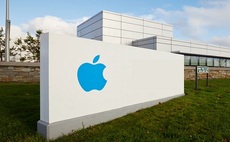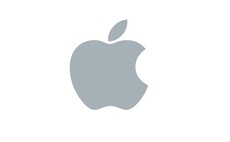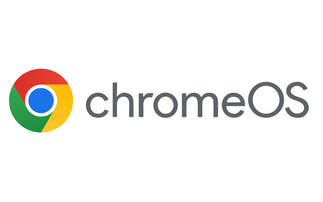NFC support, improved processor and a better camera vital to maintain advantage over Samsung and Nokia
The iPhone rumour mill is cranking into gear. Earlier this week we had the first serious tip-off about an unveiling taking place on 10 September for the new device, and this would mean just four we...
To continue reading this article...
Join Computing
- Unlimited access to real-time news, analysis and opinion from the technology industry
- Receive important and breaking news in our daily newsletter
- Be the first to hear about our events and awards programmes
- Join live member only interviews with IT leaders at the ‘IT Lounge’; your chance to ask your burning tech questions and have them answered
- Access to the Computing Delta hub providing market intelligence and research
- Receive our members-only newsletter with exclusive opinion pieces from senior IT Leaders



















